Isatis
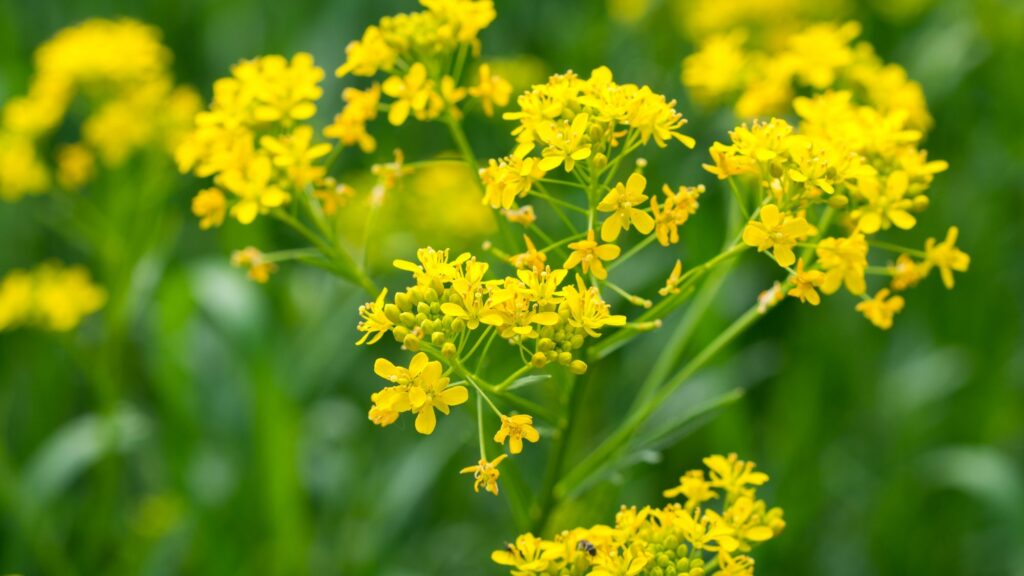
Isatis, commonly known as Woad (Isatis tinctoria), is a biennial herb that has been historically significant due to its use as a dye plant. Native to Europe and parts of Asia, Isatis has been utilized for centuries, not only for its vibrant blue dye but also for its medicinal properties. The leaves of the plant are rich in natural compounds that have made Isatis a valuable resource in both ancient and modern herbal medicine.
1. Size:
- Isatis typically grows to a height of 3 to 4 feet (90 to 120 cm) in its second year. The plant develops a rosette of basal leaves in its first year and sends up a flowering stem in its second year.
2. Color:
- The leaves are a deep green, and the plant produces small, bright yellow flowers in clusters. The seeds, when mature, are brownish-black and hang in flat pods.
3. Texture:
- The leaves of Isatis are smooth with a slightly waxy surface, and the plant’s stems are sturdy and erect. The seeds are small and flat, with a smooth surface.
4. Fragrance:
- Isatis has a subtle, earthy aroma. The scent is not particularly strong, but the plant’s dye properties have made it historically important.
5. Uses:
- Isatis has been primarily used for producing a natural blue dye, known as woad. The dye was historically significant in Europe for coloring textiles and remains of interest in natural dyeing practices.
- Isatis has been used in traditional Chinese medicine, particularly the root (known as Ban Lan Gen) and leaves (known as Da Qing Ye), to treat various ailments including viral infections, fevers, and inflammation.
- The herb is valued for its antiviral properties and is often used to support the immune system during cold and flu season.
- Isatis has been used to reduce inflammation, particularly in cases of sore throat, skin conditions, and respiratory infections.
6. Habitat:
- Isatis thrives in well-drained soil and full sun. It is commonly found in fields, roadsides, and disturbed areas. The plant is hardy and can adapt to various soil types, making it easy to cultivate in temperate climates.
7. Cultural and Spiritual Significance:
- Isatis was extensively cultivated in Europe, particularly in England and France, for its blue dye, which was a significant economic resource before the advent of synthetic dyes.
- In some cultures, Isatis was believed to offer protection against evil spirits and was used in rituals and as a talisman.
Spiritual Properties
- Healing and Protection: Isatis is associated with protection and healing, particularly in traditional practices where the dye or plant parts were used in rituals to ward off negative energies.
- Transformation: The transformation of Isatis leaves into a blue dye symbolizes transformation and change, making it a symbol of personal growth and spiritual evolution.
Medicinal Properties
- Antiviral and Antibacterial: Isatis is known for its potent antiviral and antibacterial properties, making it a popular choice in herbal medicine for treating infections and supporting the immune system.
- Anti-inflammatory: The herb is commonly used to reduce inflammation and soothe irritated tissues, particularly in the respiratory and digestive systems.
- Detoxification: Isatis is also valued for its detoxifying properties, often used to cleanse the body of toxins and support liver health.
Allergic Reactions
Isatis is generally considered safe for use, but some individuals may experience allergic reactions.
- Skin Irritation: Handling fresh Isatis leaves may cause skin irritation or contact dermatitis in sensitive individuals. It is advisable to wear gloves when handling the plant.
- Respiratory Sensitivity: Inhalation of Isatis powder or smoke (from burning the plant) may cause respiratory discomfort in individuals with asthma or other respiratory conditions.
- Digestive Issues: Ingesting large quantities of Isatis may cause digestive discomfort, including nausea or diarrhea. It is recommended to use the herb in moderation and under the guidance of a healthcare professional.
- Liver Stress: Excessive use of Isatis over long periods may put stress on the liver. Individuals with existing liver conditions should consult a healthcare provider before using Isatis.
- Dizziness: Some users may experience dizziness or lightheadedness after consuming Isatis, particularly in higher doses. Reducing the dosage may alleviate this symptom.
- Fatigue: In rare cases, Isatis may cause fatigue or drowsiness, especially when used in large quantities. It is advisable to monitor your body’s response when using this herb.
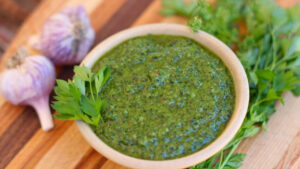
Healing Herbal Pesto
Healing Herbal Pesto This healing herbal pesto is packed with both flavor and spiritual healing properties. It’s a versatile sauce that can be used on

Chickweed
Chickweed Chickweed is a small, delicate annual herb that thrives in cool, moist environments. It is commonly found in gardens, lawns, and meadows, often considered
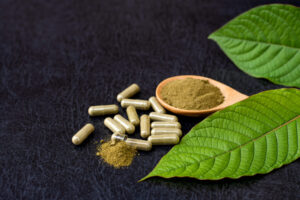
Kratom
Kratom Kratom is an evergreen tree belonging to the coffee family, Rubiaceae. It grows to a height of 12 to 30 meters (40 to 100
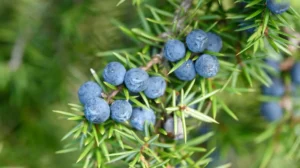
Juniper Berries
Juniper Berries Juniper Berries are small, spherical fruits from the juniper tree (Juniperus communis). They are widely recognized for their distinct aroma and flavor, often
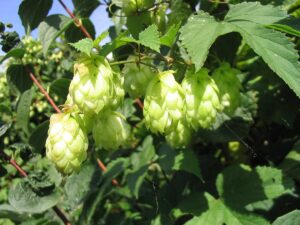
Hops Flowers
Hops Flowers Hops flowers are known for their distinctive appearance, fragrance, and various applications, particularly in brewing and herbal medicine. The cone-shaped flowers, harvested from
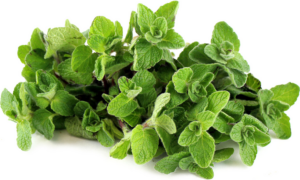
Za’atar
za'atar Za'atar is both the name of a Middle Eastern herb and a spice blend made from that herb, mixed with other ingredients like sumac,